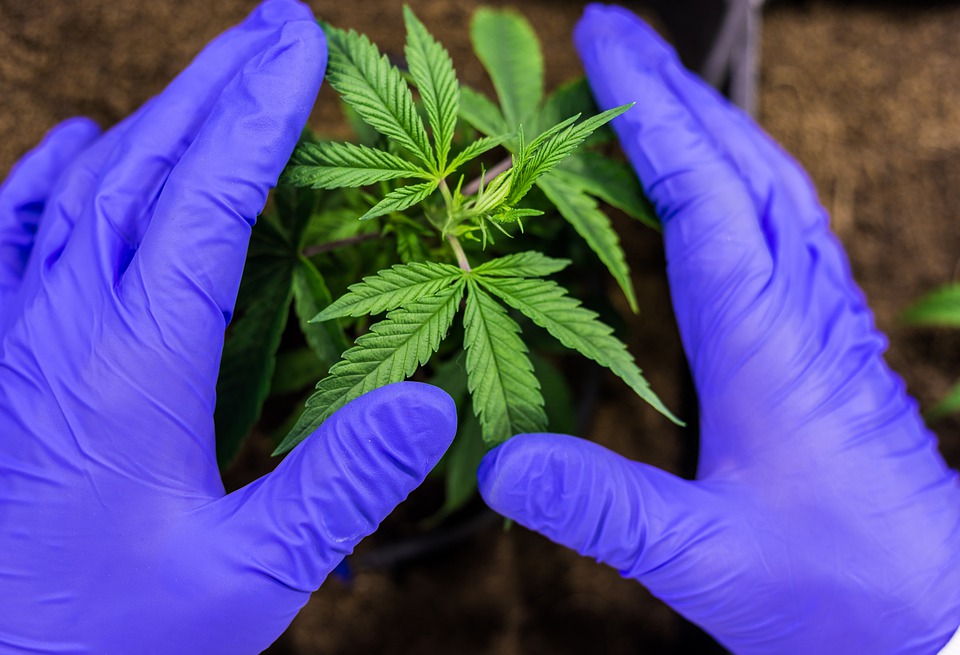Hemp extraction is the process of extracting the beneficial compounds from the hemp plant, such as cannabinoids, terpenes, and other phytonutrients, for use in various products like oils, tinctures, edibles, and more. The extraction process is crucial for creating high-quality hemp products that are potent and effective.
There are several methods of hemp extraction, each with its advantages and disadvantages. Understanding how hemp extraction works can help consumers and producers make informed decisions about the products they choose and create. In this article, we will break down the process of hemp extraction and explore some frequently asked questions about this important aspect of the hemp industry.
Methods of Hemp Extraction
The most common methods of hemp extraction include solvent-based extraction, CO2 extraction, and ethanol extraction. Each method has its pros and cons, and the choice of extraction method can greatly affect the quality and potency of the final product.
Solvent-based extraction involves the use of a solvent, such as ethanol, butane, or propane, to dissolve the beneficial compounds from the hemp plant. The solvent is then evaporated, leaving behind a concentrated extract. This method is relatively inexpensive and efficient, but it can also leave behind trace amounts of solvents in the final product, which may not be desirable for some consumers.
CO2 extraction is a more complicated process that involves using supercritical CO2 to extract the beneficial compounds from the hemp plant. This method is considered to be one of the cleanest and most efficient methods of extraction, as it does not leave behind any residual solvents in the final product. However, CO2 extraction can be more expensive and requires specialized equipment.
Ethanol extraction involves soaking the hemp plant in ethanol to extract the beneficial compounds. This method is also relatively inexpensive and efficient, but it can also extract unwanted compounds from the plant, such as chlorophyll, which can affect the taste and quality of the final product.
The choice of extraction method depends on various factors, including cost, efficiency, and desired end product. Consumers should research the different methods of extraction and choose products that have been extracted using methods that align with their values and preferences.
The Hemp Extraction Process
The hemp extraction process typically begins with harvesting the hemp plant and drying it to prepare it for extraction. The dried hemp plant material is then ground into a coarse powder before being placed in an extraction vessel.
Depending on the extraction method used, the hemp plant material is then soaked in a solvent, like ethanol or CO2, or passed through a chamber where supercritical CO2 is used to extract the beneficial compounds. The dissolved or extracted compounds are then filtered and purified to remove impurities and create a concentrated hemp extract.
The final step in the hemp extraction process is to further refine and concentrate the extract to create a potent and pure product. This may involve additional filtration, distillation, or isolation techniques to remove any unwanted compounds and create a high-quality extract.
Once the extraction process is complete, the hemp extract can be used to create a wide range of products, such as oils, tinctures, edibles, topicals, and more. These products can vary in potency and concentration, depending on the extraction method used and the quality of the hemp extract.
FAQs about Hemp Extraction
Q: Is hemp extraction legal?
A: Yes, hemp extraction is legal in the United States as long as the hemp plant used contains less than 0.3% THC. The 2018 Farm Bill legalized the cultivation and extraction of hemp for commercial purposes, as long as it meets certain regulations and guidelines.
Q: Is hemp extraction safe?
A: When done properly, hemp extraction is safe and can produce high-quality products that are free from harmful contaminants and residues. It is important to choose products that have been extracted using safe and reputable methods to ensure their safety.
Q: Can hemp extraction be done at home?
A: While it is technically possible to extract hemp at home using solvents like ethanol or CO2, it is not recommended due to the potential risks involved. Extraction can be dangerous without the proper equipment and knowledge, and homemade extracts may not be of high quality or potency.
Q: How can I tell if a hemp product has been properly extracted?
A: Look for products that have been tested by a third-party laboratory for potency and purity. These lab reports should provide information about the concentration of cannabinoids and other compounds in the product, as well as any contaminants or residues that may be present.
Q: What is the difference between full-spectrum, broad-spectrum, and isolate hemp extracts?
A: Full-spectrum hemp extracts contain all of the beneficial compounds found in the hemp plant, including cannabinoids, terpenes, and other phytonutrients. Broad-spectrum extracts are similar but contain no THC, while isolate extracts are pure CBD with no other compounds present.
In conclusion, hemp extraction is a crucial step in creating high-quality hemp products that are safe, potent, and effective. By understanding the different methods of extraction and how they work, consumers can make informed choices about the products they choose and use. When looking for hemp products, always choose those that have been extracted using safe and reputable methods to ensure their quality and potency.

